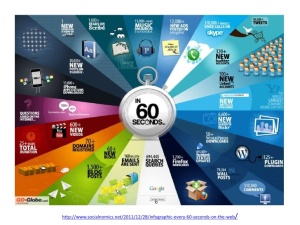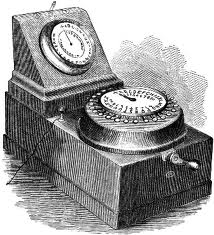The One-dimensional Network Society of Manuel Castells

According to Manuel Castells chronical, the three independent processes that were present between 1960’s and 1970’s combine to form a new society. The three processes were an economic crisis, of satism and capitalism , the emergence of the new movements like feminism and environmentalism and information technology revolution. Castell argues that the IT revolution, is to some extent responsible for the fall of the soviet union. The emergence of the new social unions in responded to the crisis of the nation, civil society institutions and democracy in most parts of the world. The three processes have resulted in the new social structure.
The current methods of communication and social science widely support the network approach that is welcomed in the whole world. The approach has everything going with it in in the same direction in large scale expansion in a different type of media networks and social networks. Despite these, it is the main drawback is the formality of its methods and the substantiation of its morphology. Castell also argues that the society disintegrates the social relationships in the society and develops the culture of virtuality. This is therefore a limitation and that the social networks will remain the same because they are contextually embedded. The advancement in technology is leading the society in the direction of the one-dimensional network society. The information age global networks, the prevalence of logic dominance and the penetration in the domination are the only methods that show some differences between the belief and values. Finally, according to Castells, networks, information age, technological advancements and communication has made the society be a machine that cannot be controlled.



